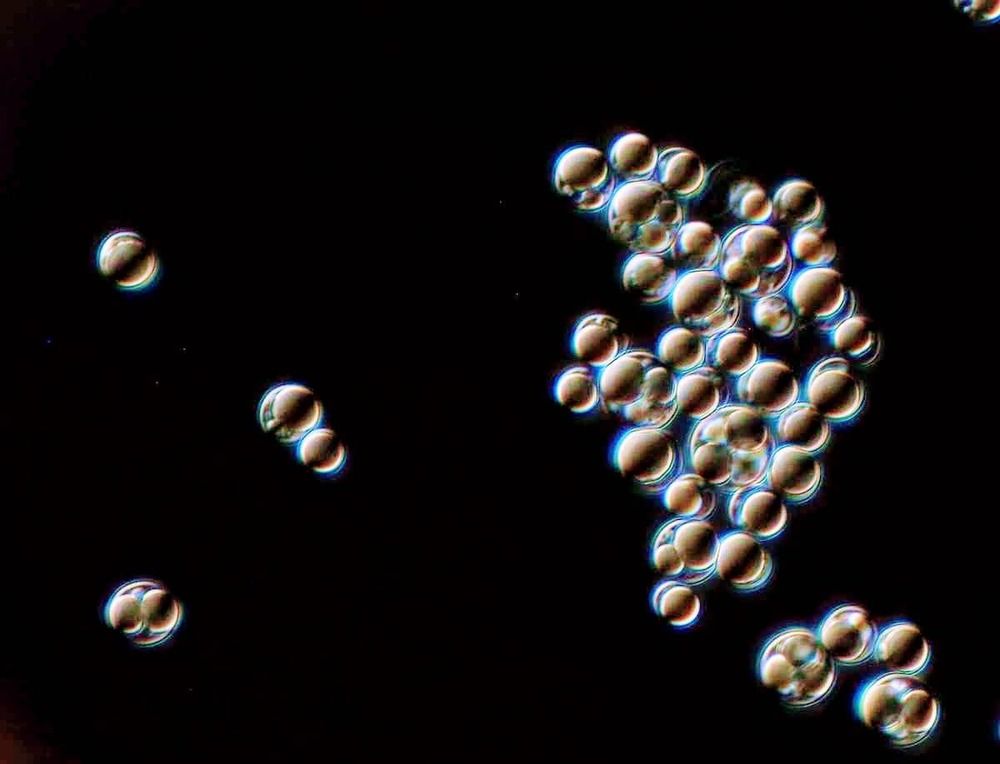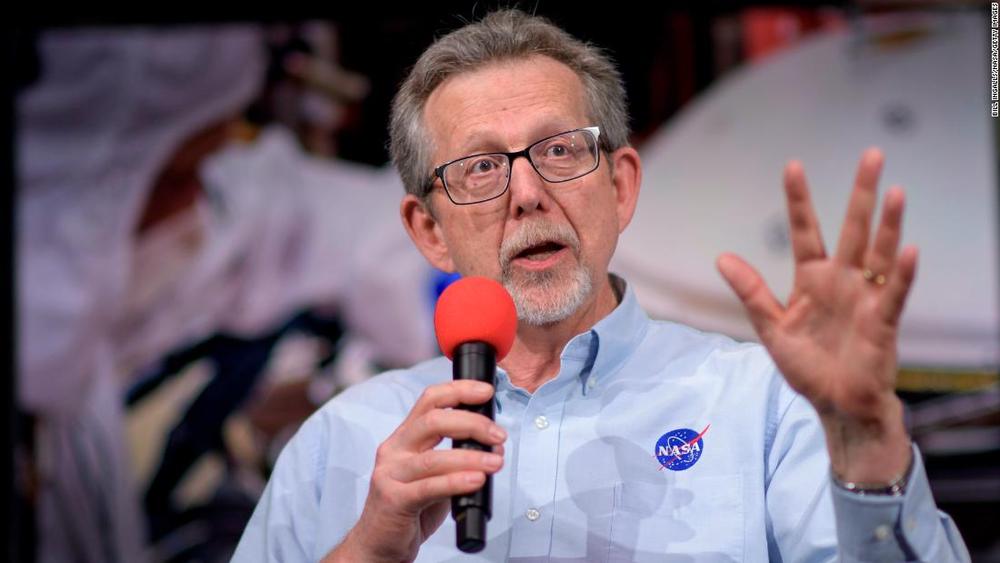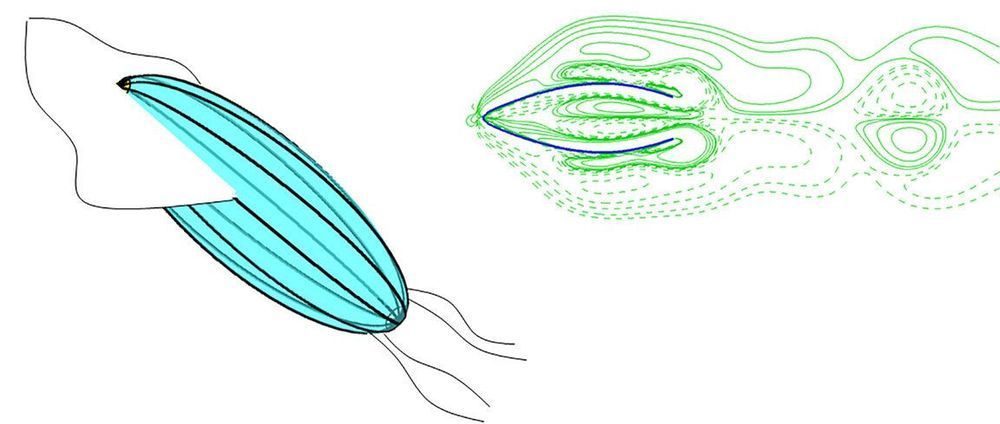Oct 2, 2019
Checkerspot raises $13M Series A to produce biotech-enabled performance materials
Posted by Klaus Baldauf in categories: bioengineering, biotech/medical, chemistry
Checkerspot, a biotech startup using microalgae to produce performance materials, announced today that it has closed its Series A financing for $13 million. The round was led by Builders VC, and included Breakout Ventures, Viking Global Investors, KdT Ventures, Plug and Play Ventures, Sahsen Ventures, and Godfrey Capital, among others.
Checkerspot combines bioengineering, chemistry, and materials science to go from microalgae to next-generation performance materials.
“This is a pretty significant milestone for us,” said Checkerspot CEO Charles Dimmler. He said the funding would support the company’s continued infrastructure development, as well as ongoing commercial activities with Beyond Surface Technologies and DIC that focus on novel triglycerides and polyols. He also said it would help complete the development of a direct-to-consumer product later this year.


















